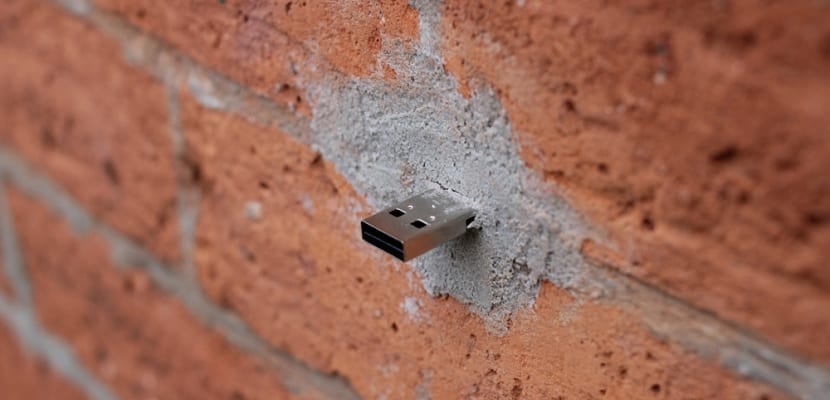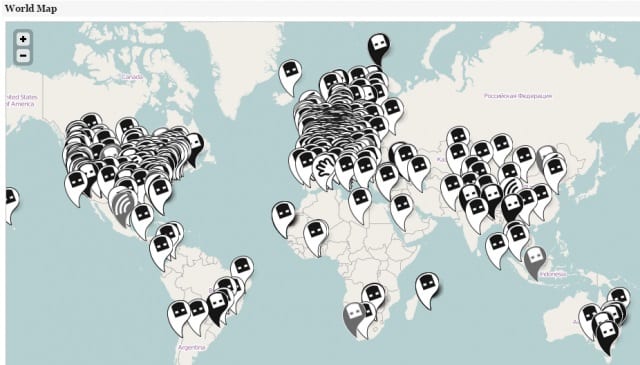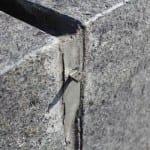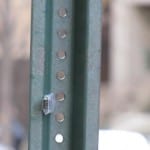
If you have refined your eyesight in recent times, you will have noticed that it is increasingly normal to find USB memories embedded in walls or in almost any unimaginable place. This fashion has been launched by the German artist Aram bartholl which, according to its own words, seeks to create an anonymous offline network for the exchange of personal files in public spaces.
These lost USBs have been dubbed "dead drops" and they should be placed in public places, without serving to place them inside closed buildings or in private places. Inside, you only have to find the file 'readme.txt' where you can read the manifest that explains the project.
The project started by Bartholl began with the placement of 5 "dead drops" in New York City during a trip he made in 2010. Today, more than 1.000 memories are distributed around the world. Below you can see on this map some places where you can find some;

Any of them you can connect them to a computer or any other compatible device and leave music files, photos, videos or whatever comes to mind in them. In addition, you will also be able to view all the files that are inside.
You can connect any of them to a computer or any other compatible device and leave music files, photos, videos or whatever comes to mind in them. In addition, you will also be able to view all the files that are inside. Of course, although the temptation is great, do not try to remove the usb memory from its location, because you will be breaking a part of this social network.
In addition to those people who take the dead drops from the walls or places where they are embedded, also the problem of memories with malicious content is present and that they can give you a dislike, so before viewing the content it would be interesting that you analyze the device to save yourself a dislike.
Here we show you a wide gallery of some of the "dead drops" that are found all over the world;
And how could it be otherwise, we are also going to leave you these simple steps to successfully create your own "dead drops";
- Buy a usb memory of the size you want, although the logical thing would be not to spend a fortune on a 64 GB device, because you remember that you are going to leave it to its fate on the street
- Remove the plastic casing or other material that covers what is properly memory. By embedding them in a wall or any other place they are more stable and the risk of someone taking it away will be less
- So that the material that we later use to fix it to the wall (glue, putty ...) cover it with some material that keeps it isolated and safe
- Download the project manifest and copy it to the usb memory. You can download it from the link that we have left at the end of the article. Don't forget to edit it to update it with your data
- To fix it in the place where you want to leave your "dead drop" you can use glue or for example quick drying cement
- Try to leave the place where you have placed it as you found it and if necessary paint a little what you have damaged. This project does not want any public place to be damaged
[vimeo width = »790 ″ height =» 400 ″] http://vimeo.com/16620712 [/ vimeo]
As advice for the placement of your "dead drop" we can say that it is interesting that you place it in a place where it is easily accessible with any device and not place it, for example, in a place where it is impossible to connect a laptop.
Last to complete the process of placing your usb memory you must take 3 photographs; one of them of the place in general, another that is a medium shot of the "dead drop" and finally a close-up so that your creation can be seen.
Ready to create your first "dead drop"?.
More information - deaddrops.com
Download - Manifesto

















